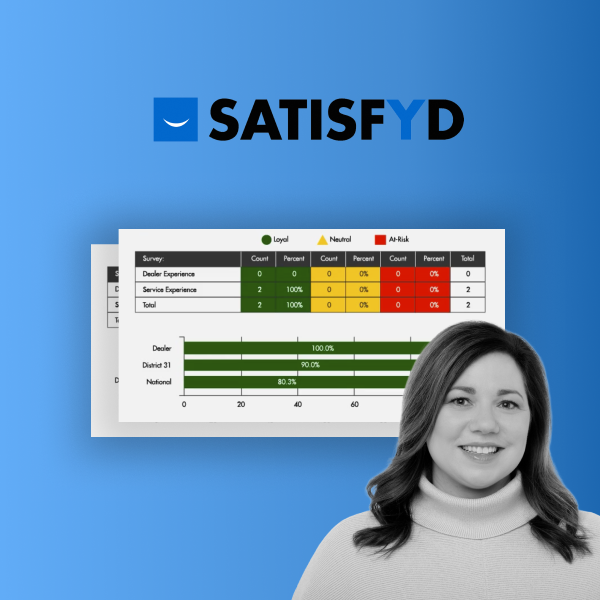The technology landscape is continually evolving with more vendors entering the market every day. Dealerships are looking for BI and analytics solutions to streamline their operations and create data-driven business strategies.
As a result, cutting-edge features like artificial intelligence (AI) and machine learning, among other technologies, are growing in popularity and adoption across the heavy equipment industry and various others worldwide.
BI and analytics tools have the potential to take data and analytics to the next level by allowing dealers to identify patterns, illustrate complex data relationships, and optimize their forecasting processes.
With so many options available, many dealers aren’t sure where to start. They may be implementing a BI solution for the first time, upgrading a legacy system, or looking for innovative ways to take their existing practices to the next level. Oftentimes they need to optimize their foundational technology infrastructure before they’ll be able to support cutting-edge features like AI and machine learning.
Process Remains the Central Focus
Industry-wide growth and competition are opening the door for faster, more advanced technology adoption and leaving many dealerships feeling overwhelmed by the unfamiliar tools at their disposal.

Switching technology providers is daunting. Some dealerships combat their uncertainty by using a “rip and replace” adoption process. This means testing multiple quick-to-implement applications and dropping them just as frequently when newer products become available. Unfortunately, this approach prevents them from developing or enforcing best practices across their organization.
At its core, successful BI is all about process standardization. Dealerships need a way to identify, to implement, and to adopt effective solutions. Establishing best practices around leveraging results-driven solutions can be accomplished by:
- Reporting Automation
- Performance + Efficiency Tracking
- Multi-Source Data Warehouses
- Equipment Profitability Monitoring
Despite the multi-faceted benefits of a healthy BI practice, change management and modernization are challenging for dealerships; especially those already behind the technology curve. That means they need more than an out-of-the-box (OOTB) solution from a once-off provider.
Dealers are Looking for a True Business Partner
Software is essential for BI and analytics, but they are not standalone solutions. And even if your BI platform boasts robust features like AI, machine learning, and augmentation, you won’t be able to leverage it effectively without the right technology partner.

Dealers who want to get ahead of their competitors and establish data-driven best practices need a partner that’s committed to solving their most significant business challenges and supporting their BI strategy. The right-fit partner supports:
- Strategic planning
- New uses cases
- Expansion opportunities
- Best practice adoption
They will also provide intuitive solutions that deliver powerful results and encourage user adoption from every internal team. There’s not much point in implementing a high-value BI platform that’s too complicated for anyone outside of the IT team to use on a routine basis.
Business intelligence is becoming an integral part of dealership operations, and technologies like AI, machine learning, and more are only accelerating this growth.
To ensure they adopt the right-fit solution, dealerships should work closely with a partner to focus on the basics — technology infrastructure, best practices, user adoption — before tackling these complex integrations.
Looking for a BI technology partner for your dealership? Watch the on-demand webinar, How to Choose the Right Tech Partners, to start your search.




